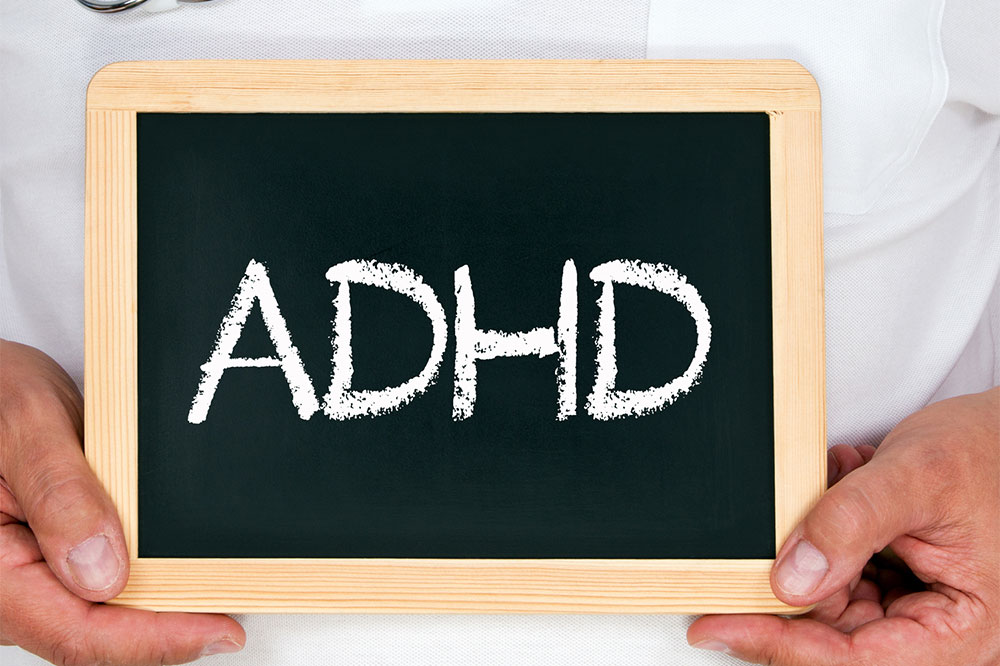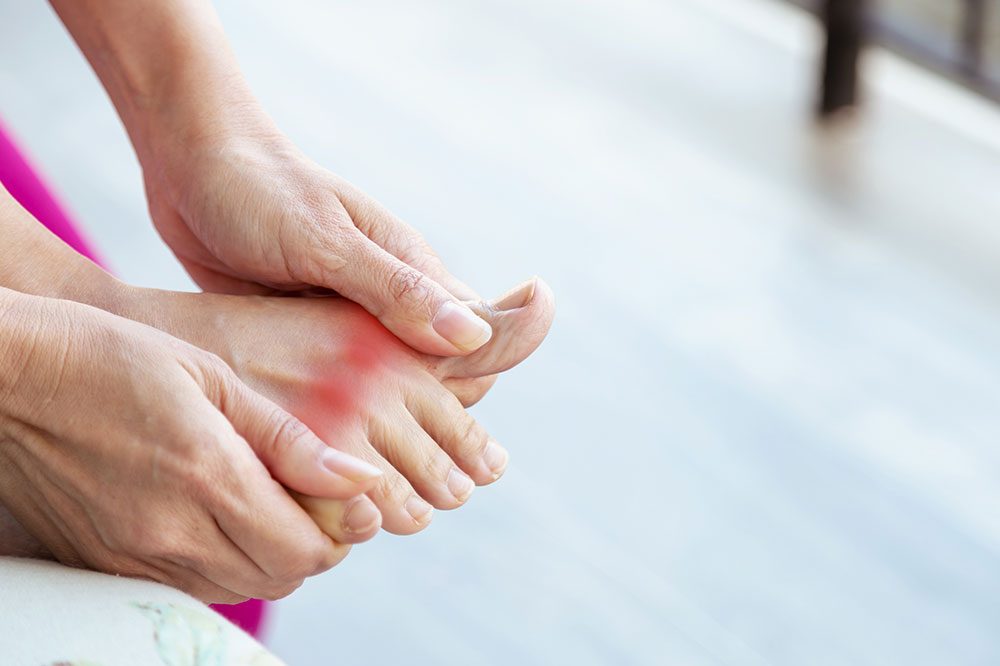Recognizing Adult ADHD: Key Signs and Symptoms
Learn how to recognize adult ADHD through key signs like inattention, hyperactivity, and impulsivity. This guide explains the symptoms, diagnosis process, and different presentations of ADHD in adults, emphasizing the importance of professional evaluation for proper management.
Recognizing Adult ADHD: Key Signs and Symptoms
How to detect ADHD in grown adults
According to the Diagnostic and Statistical Manual of Mental Disorders (DSM-IV), identifying ADHD in adults involves assessing symptoms such as persistent inattention and hyperactivity that interfere with daily life. Some signs may originate in childhood but persist into adulthood. Adult ADHD often exhibits similar traits to childhood, including difficulty concentrating, impulsiveness, and restlessness. An adult ADHD diagnosis requires symptoms lasting at least six months and impacting social, work, or personal functioning. Proper diagnosis from a healthcare professional is essential for effective management.

In adults, additional symptoms may include trouble staying organized, impulsive decision-making, and difficulty managing time. To be diagnosed with adult ADHD, individuals must show at least six symptoms across two main areas: inattention and hyperactivity-impulsivity, for a minimum of six months. Symptoms include careless mistakes, distractibility, forgetfulness, excessive fidgeting, impulsive speech, and impatience. Diagnosing ADHD in adults requires careful evaluation to distinguish it from other mental health conditions. Recognizing these signs early is crucial for seeking appropriate treatment.
ADHD symptoms tend to emerge before age 7 but are often challenging to identify in adults, as recollections of childhood behavior can be vague. Diagnoses typically focus on symptoms between ages 7 and 12. The disorder is categorized into three types based on predominant symptoms: inattentive, hyperactive-impulsive, or combined presentation. Each presents different behaviors, such as difficulty organizing and excessive talking, which helps determine tailored treatment approaches.
Note: Our blog provides practical information across various topics. While the research aims to inform, it should not replace professional medical advice. Readers should consult healthcare providers for accurate diagnosis and treatment options. The site may also not cover all available schemes or offers.










